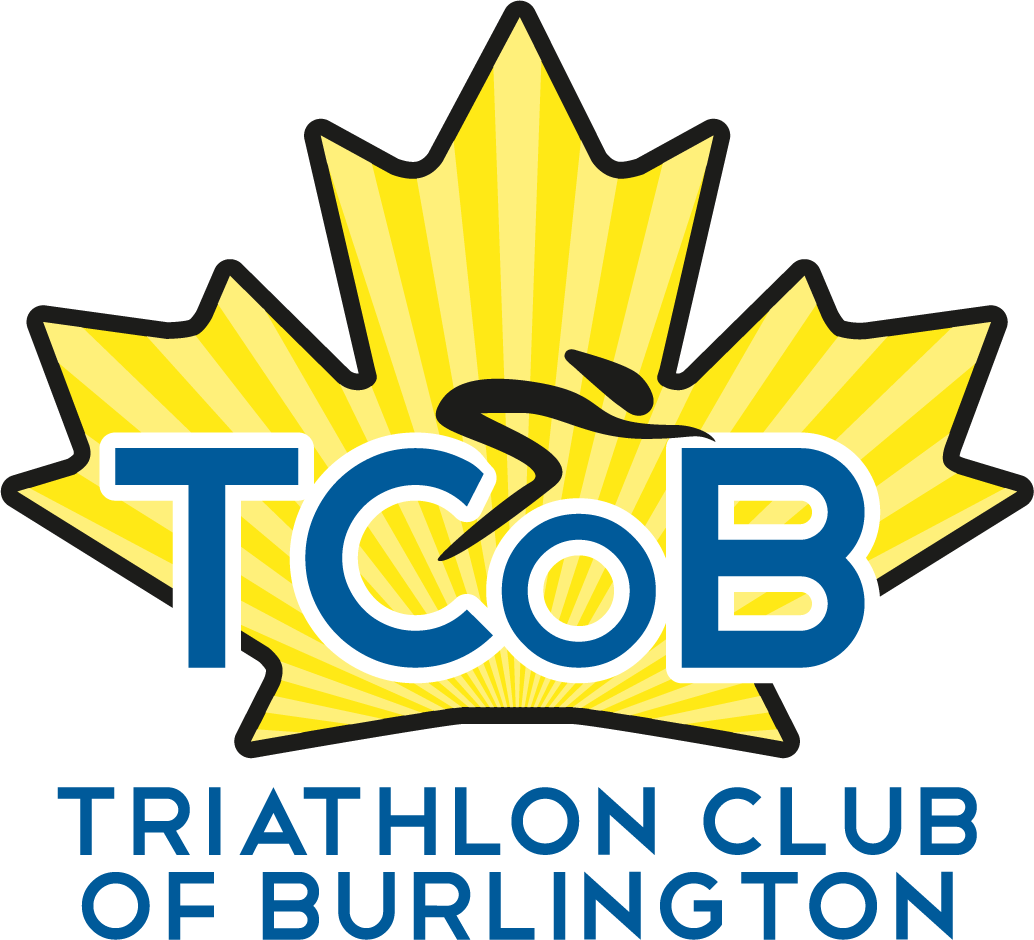Overtraining Syndrome
So the season’s over and you’ve had a decent season? A good season? Or maybe a pitiful season! Is there any chance you were overtrained??? Be HONEST! You are a triathlete after all!!! Unfortunately, there are no definitive tests to determine when a triathlete has overtraining syndrome.1 Common sense can be utilized in these cases however as they say, “…forest for the trees.” Stepping back and taking a look at some of the common, definitive signs and symptoms can be helpful.1,2 These signs and symptoms include….
|
|
These symptoms do overlap with other medical illnesses and ailments and would need to be excluded before a diagnosis of overtraining syndrome was determined. However, at this time of year as most of you scale back your training, be cognizant if any of the above symptoms show marked improvement.
The timing of this article is deliberate as recovery from overtraining may require several weeks to several months.1,2 Consequently, being aware of the signs and symptoms, as well as the causes are paramount to prevention.
Causes of Overtraining
The main causes of overtraining are high training intensity, high training volume and insufficient recovery. Fatigue is a predominant feature in overtraining and can be a result of both physical and psychological stressors.1
Overtraining Prevention and Treatment
Prevention is the predominant treatment methodology in avoiding overtraining. The key strategies to prevention are proper nutrition, hydration and rest. Appropriate training volume and intensity are also vital to prevention. Consulting with an experienced coach can help to provide that ‘outside’ objective viewpoint on your training. (The TCoB’s head coach Greg Pace, of PACEperformance can help in this area.) Negative mood changes and fatigue often coincide. Monitoring changes in mood and fatigue may help in reducing the incidence of overtraining.1
Once an athlete develops overtraining syndrome, treatment involves rest, good nutrition and stress reduction.1 Recovery is specific to each individual and is dependent on many factors including the degree and duration of physical and psychological stressors.3
Overuse Injuries
Studies have reported that between 47% and 75% of triathletes can suffer an overuse injury.4 Most injuries occur in the lower limb, affecting the knee, ankle and Achilles tendon. Running has been the main culprit in development of these injuries.4,5,6 Injury in running is thought to be a combination of errors in biomechanics and overtraining.6 Contusions and abrasions are most common with cycling. Poor bike fit and overtraining produced the most frequent overuse injuries while cycling. Swimming demonstrates the least amount of associated injuries in both training and competition.4,6,7 There were inconsistencies in the studies in determining if training or competition resulted in more frequent injuries.4,7
Prevention and Treatment
A combination of adequate warm up, cool-down, gradual increase in training intensity and duration, and flexibility appear to be key factors in preventing overuse injuries.4,5,6 Analysis of running mechanics, shoe wear, proper bike fit, and rest are also important in preventing and treating overuse injuries. Some overuse injuries can resolve on their own with rest and changes to the training regimen. Others may require treatment from a health professional.
While the above information may seem fairly self explanatory and common sense, it is amazing how often some of these small details are overlooked in a triathlete’s training program. Keeping these points a little more in the forefront of your brain can help to limit the chances of a ‘pitiful’ season!!!!
References
- Purvis D, Gonsalves S, Deuster P. Physiological and Psychological Fatigue in Extreme Conditions: Overtraining and Elite Athletes. Pm & R. 2(5):442-50, 2010 May.
- Armstrong LE. VanHeest JL. The unknown mechanisms of the overtraining syndrome. Clues form depression and psychoneuroimmunology. Sports Medicine. 32(3):185-209, 2002.
- Kellman M. Preventing overtraining in athletes in high-intensity sports and stress/recovery monitoring. Scandinavian Journal of Medicine & Science in Sports. 20 Suppl 2:95-102, 2010 Oct.
- Burns J, Keenan AM, Redmond AC. Factors associated with triathlon-related overuse injuries. J Orthop Sports Phys Ther. 2003 Apr;33(4):177-84.
- Wilk BR, Fisher KL, Rangelli D. The incidence of musculoskeletal injuries in an amateur triathlete racing club. Journal of Orthopaedic & Sports Physical Therapy. 22(3):108-12, 1995 Sep.
- Cipriani DJ, Swartz JD, Hodgson CM. Triathlon and the multisport athlete. Journal of Orthopaedic & Sports Physical Therapy. 27(1):42-50, 1998 Jan.
- Egermann, M. Brocai, D. Lill, C A. Schmitt, H. Analysis of injuries in long-distance triathletes. International Journal of Sports Medicine. 24(4):271-6, 2003 May.
